I know. That’s such a weird mix of a title for the blog post but I didn’t have enough photos to dedicate a blog post for each topic. So since this is the final post in this Philippines series, and I’m going to squeeze in a mixed bag of photos from different dates and talk about different things.
January 9, 2023
After finishing my work, I decided to head to Ermita via Pasay.
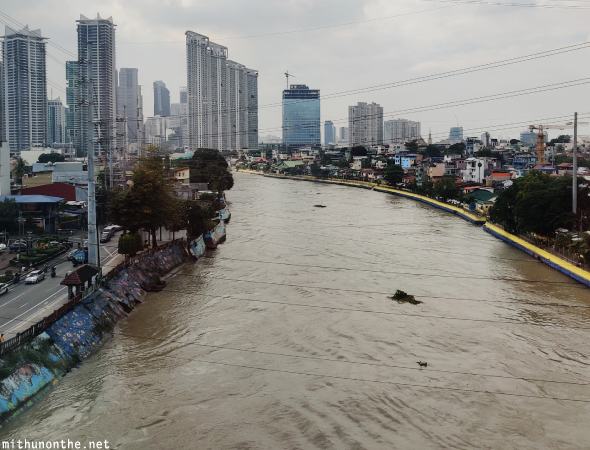

In 2011, when I first arrived in Manila, I stayed in the Pasay area at the famous Kabayan Hotel. Although a hectic area to be in, due to its proximity to Manila’s airport, Pasay is a convenient location if you want to get around via the city’s metro network; you can hop on the LRT 1 (Green line) and MRT 3 (Yellow line) from Pasay.
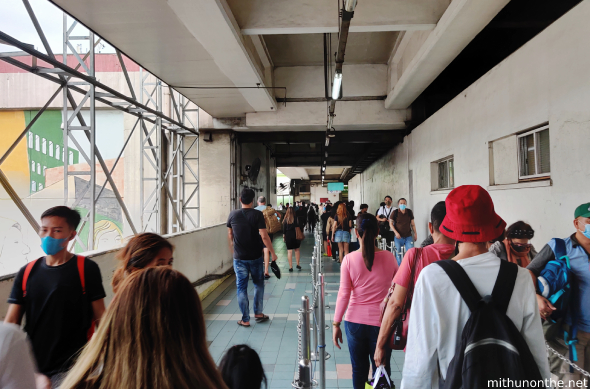
Since I arrived in Manila, I was hoping to catch the sunset by Manila Bay. But unfortunately, since arriving in mid-December, the skies in Manila had been grey and cloudy. Manila Bay — and the Philippines in general — offer some of the best sunrise / sunset views!
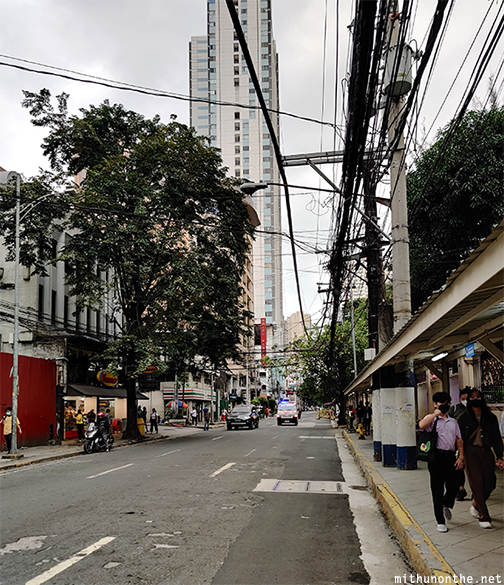
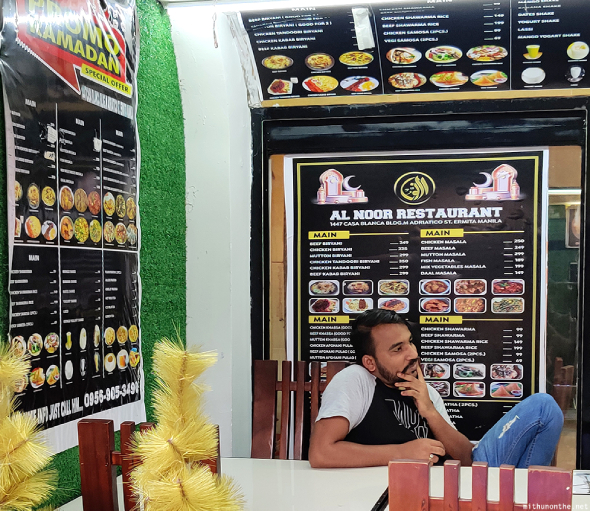
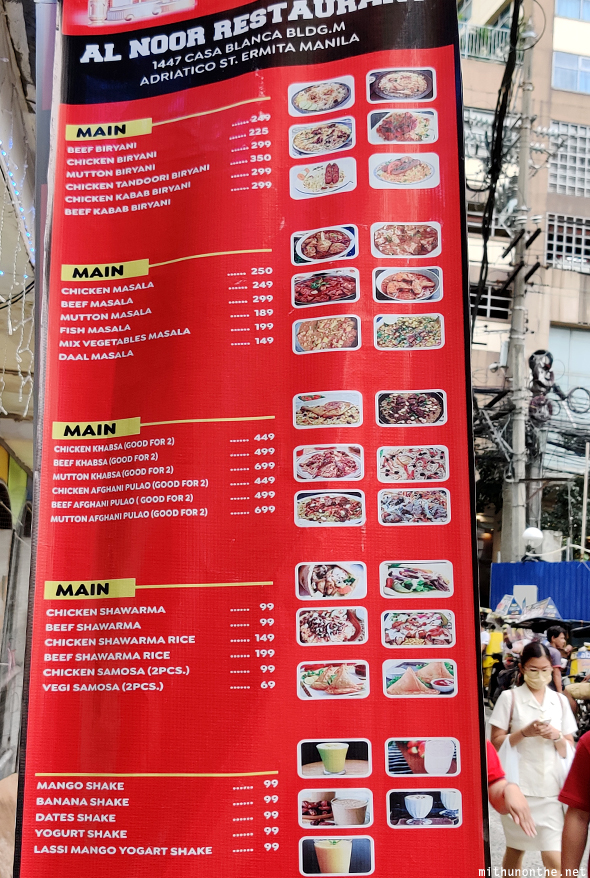
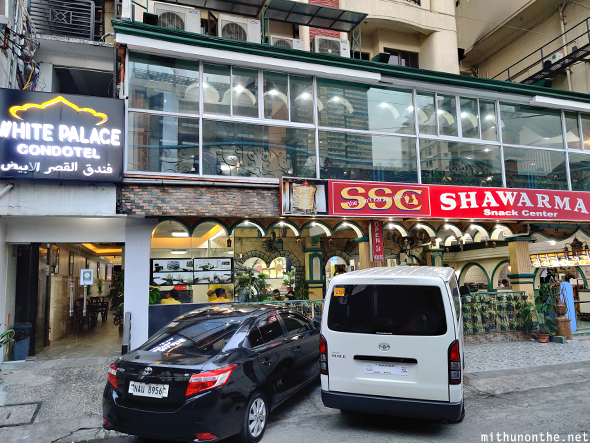
I was drawn to their shawarma section:
I was craving good shawarma from people who knew how to cook it right, so I went in. What I mean is, I had shawarma once from a Filipino chain and found the chicken meat mixed with some sweet-ish sauce — bleh!
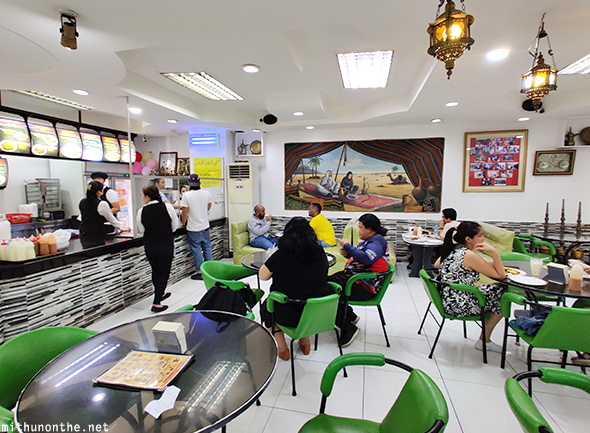
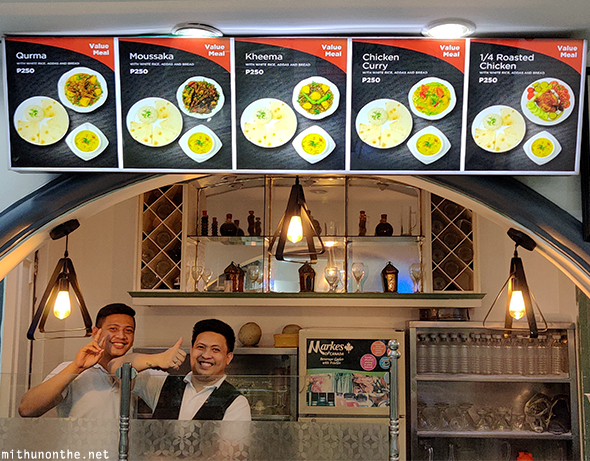
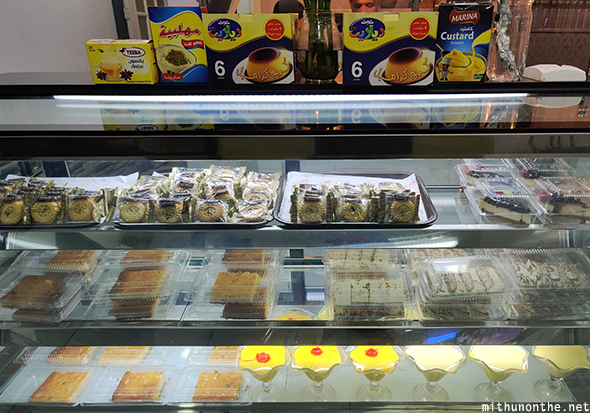
Here’s the vibe inside:

Food was authentic in taste with little to no localization. Lots of Filipinos were seen dining here too. I’m guessing they worked in the Middle East and wanted the authentic Arabian taste too.
Afterwards, I hung around Robinsons Place mall for a while.
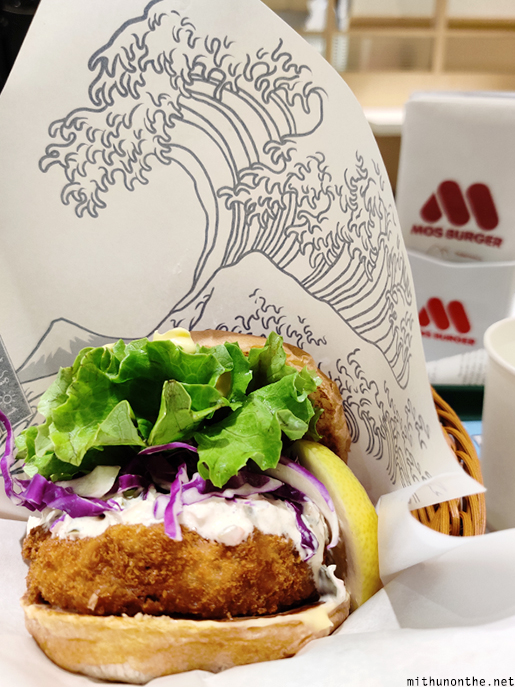
January 12, 2023
Today I had to head to Malate to meet a friend of mine who now lives in Manila, after her husband got posted here.
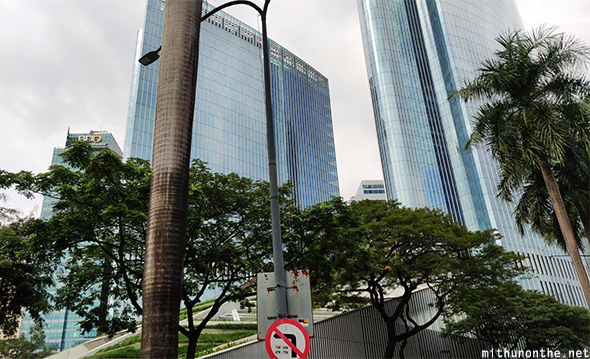
Here’s a brief video I took from the back of my bike taxi:
After lunch at my friend’s place, I took a taxi to Glorietta 4 mall. I rushed to the Activity Center to get a glimpse of K-pop group ITZY, who were in Manila for their concert the following day.

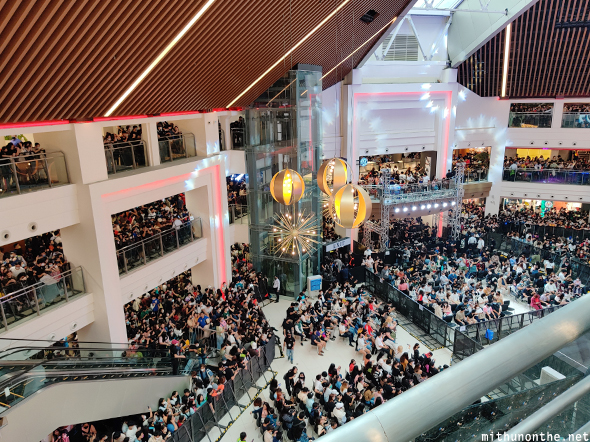



Here’s a messy video:
Finally…
Now, about the cost of living crisis in the Philippines. Yeah, from ITZY to inflation… weird transition, I know.
I’ve talked about the high vegetable prices in Manila in a previous post but for just about every fresh food item… it was alarming to see the prices. You’d think, the Philippines being an archipelago of over seven thousand islands, fresh seafood would be bountiful and that’s what the people would be eating.
Nope.
Just look at the prices of seafood in a popular supermarket chain.
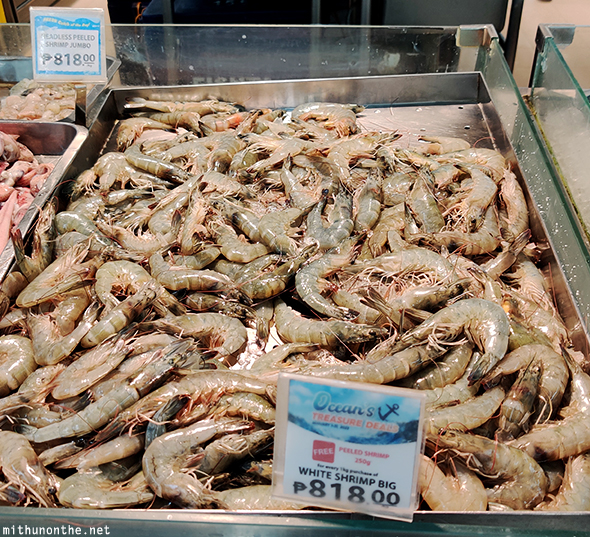

Mackarel of that size is usually under ₹200 (₱134) per kilo on average back home. Sardines are ₹160 (₱134) per kilo on average.
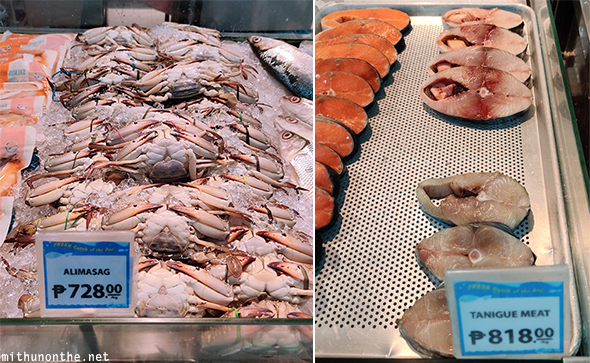
In Kerala, crabs of that size are usually around ₹240 (₱160) per kilo on average. Seer / kingfish are ₹500 (₱335) per kilo on average. The only meat I found reasonably priced in Manila is chicken (priced about the same as in India), which thanks to industrial farming practices, ensures the broiler chicken is affordable the world over. But for protein, most Filipinos rely on pork, much like the rest of East Asia.
It’s then no surprise to see how much processed and canned foods are consumed in the Philippines. From canned tuna to corned beef, and bags of frozen diced vegetables (often sourced from abroad)… the diet out here isn’t the healthiest.
Then comes rice. Oh boy, do Filipinos love their rice! From McDonalds to KFC, even fast food in the Philippines is served with rice as a side dish option. And sadly, even rice prices are rising in the Philippines.
I know rice prices going up globally is also the result of India, the world’s largest rice exporter, curbing the exports of non-Basmati rice. To my non-Indian readers, please know that the Indian government had to take such actions because rainfall in 2023 was awfully poor, and thus affected rice production domestically. Hopefully, things get better next year.
Even though I’m not poor, just looking at the cost of fresh produce was a real eye-opening experience as I went around Manila’s markets. Even fresh markets aren’t that much cheaper than the supermarkets. Even when I was in a small town, the local markets there weren’t so much cheaper than Manila. All I kept thinking about was… how on earth are poor Filipino households surviving?!
It’s not as though the Philippines lacks fertile soil for agriculture. They do! Thanks to volcanic activity, many regions of the Philippines (like Albay province) have extremely fertile soils. It’s really down to the poor support from the Philippines government and influential business houses that are in the import business of essential commodities, that play a large part in the declining domestic agriculture industry. Despite not lacking in people, despite not lacking in land suitable for farming, the Philippines is increasingly reliant on food imports for their survival. It’s ridiculous.
Despite the hardships and the resulting quality of life, I still love this country and its people. This post ends my fourth visit to the Philippines. I hope to visit again, but next time, spend more time outside Manila. If you have been following my journey, thanks for reading!
Previous posts in this series:
Philippines: Skyscrapers of Bonifacio Global City and Manila’s First 3D Billboard
Philippines: Checking out Mitsukoshi in Bonifacio Global City, Manila
Philippines: Checking out Sidcor Local Sunday Market in Quezon City
Philippines: Back in Manila, in search of Indian food around Monumento
Philippines: Strolling around San Felipe town; visiting Subic Bay
Philippines: Getting to Liwliwa Beach, Manila to San Felipe (Zambales) by bus
Philippines: Divisoria’s 168 Shopping Mall and Tutuban Night Market
Philippines: Visiting Manila after a gap of 8 years

